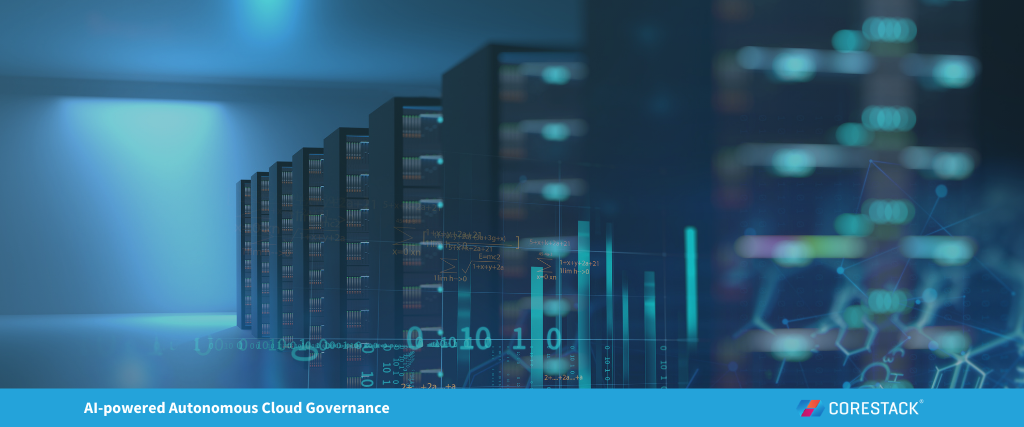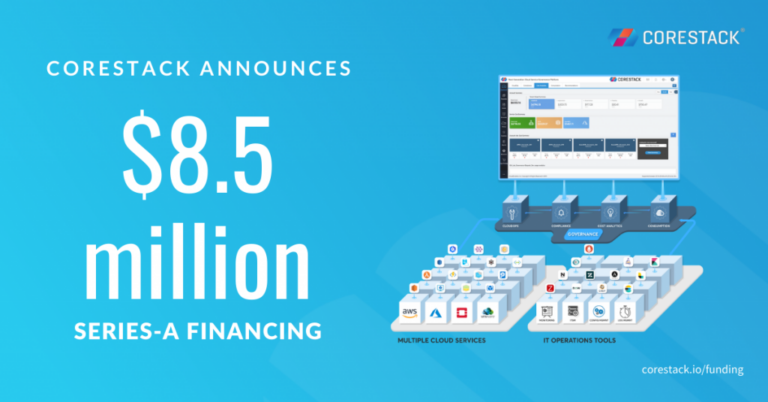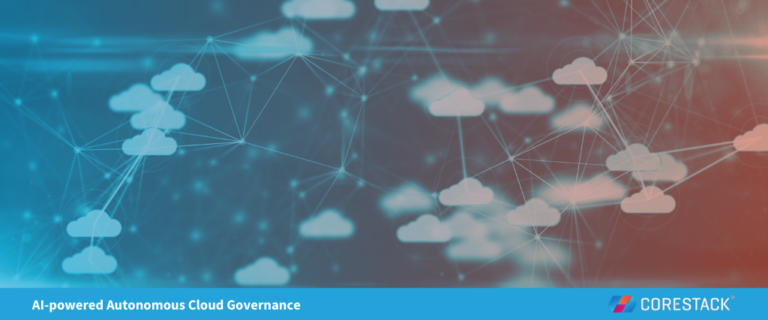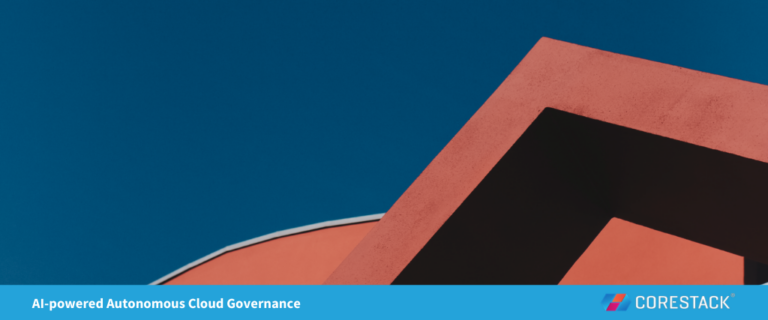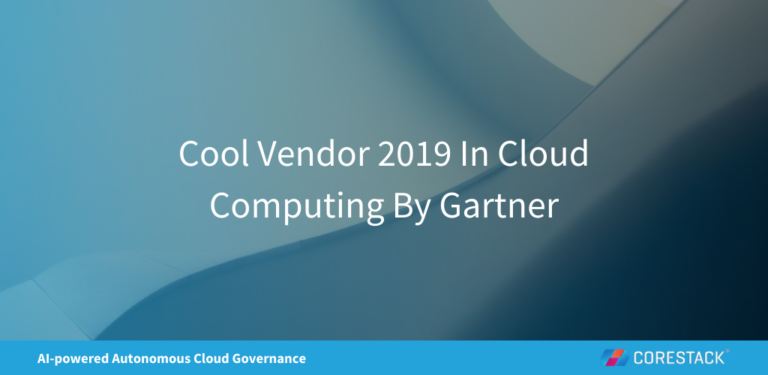Best Practices For Managed Service Providers (MSPs) To Reduce Operational Costs
In the previous blog post on Managed Service Providers (MSPs), we discussed how CoreStack helps MSPs gain and retain new customers by bringing in Process Standardization. Here, we will highlight the best practices for MSPs to reduce internal costs in cloud management projects for their customers.
Best Practices for Reducing Operational Costs
1. Reduce the Complexity
The most significant operational bottleneck for agility is the complexity in managing infrastructure and services across multiple cloud providers. By using the right abstraction at the management layer, MSPs can reduce the complexity and the associated costs. The cloud management layer should also provide capabilities such as orchestration, provisioning, monitoring, security, and governance. Thereby reducing the dependency on additional tools and the complexity that comes along.
2. Simpler Interfaces
Pick a platform that provides simpler interfaces for service provisioning and management. Self-service interface and Blueprints can help dramatically reduce costs. Additionally, a programmable interface will help in increased automation, which as we will see below, will help reduce costs. All of this will help MSPs manage operations with minimal dependency on highly skilled resources.
3. Automate, Automate, Automate
Automation is key to any modern infrastructure. It can significantly help MSPs to achieve higher internal operational efficiencies. By leveraging data and event specific automation, MSPs can reduce human resources costs, be agile, and ensure a seamless DevOps. They can then replicate this automated model across their customers and scale. A cloud management platform that easily integrates with a variety of tools, and offers a programmatic interface for automation is critical for the success of holistic automation.
4. Minimize Project Risks
One of the major sources of IT failures (including when MSP is responsible for the IT) is human errors. It is critical for MSP’s to focus on process automation over individuals. This will help them reduce errors and, also, save costs.
5. Powerful Alerting Engine
To ensure the overall health of automation in perfect shape and to provide value to customers, MSPs should use a powerful alerting engine. The one which uses a rules-based approach as well as machine learning to help MSPs spot problems before it hits their customers.
6. Integrated Security and Governance
Security and compliance should not be an afterthought. It should be part of the cloud management platform. This ensures that MSPs have complete visibility and control over their customer environments.
The complexity associated with multi-cloud management offers MSPs an opportunity to gain new businesses. By following the best practices described above, MSPs can reduce internal operational costs and scale well across multiple customers. To learn more, take a test ride of CoreStack platform here.

